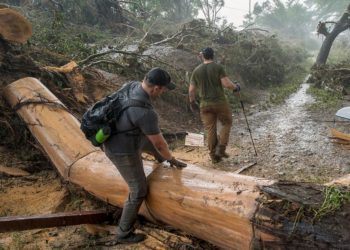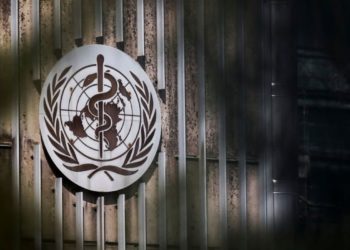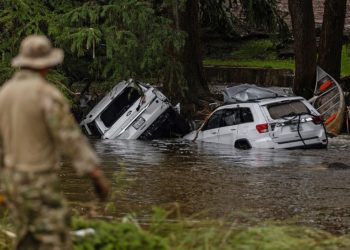How to Watch Chicago Sky vs Minnesota Lynx: Live Stream WNBA, TV Channel
Two teams headed in opposite directions face off on Sunday as the red-hot Minnesota Lynx (16-2), one of the top...
Van Gisbergen wins in Chicago once again, completing a NASCAR weekend sweep
CHICAGO (AP) — Shane van Gisbergen completed a sweep on the Chicago Street Course on Sunday, winning the NASCAR Cup...
Cowboys Pro Bowler KaVontae Turpin lands in legal trouble just weeks before training camp
NEWYou can now listen to Fox News articles! Dallas Cowboys wide receiver KaVontae Turpin was arrested in Texas on marijuana...
Clayton Kershaw makes his 11th All-Star team. James Wood the youngest All-Star at 22
NEW YORK (AP) — Dodgers pitcher Clayton Kershaw was picked for his 11th All-Star Game and Paul Skenes, James Wood...
Quick action by one Texas summer camp leads to timely evacuations ahead of deadly flood
It was about 1 a.m. on the Fourth of July when the facilities manager at a central Texas summer camp...
Kelly Osbourne Gets Engaged At Dad Ozzy’s Last Black Sabbath Show
It was a great weekend for the Osbourne family. Kelly Osbourne got engaged to Slipknot rockstar Sid Wilson on Saturday...
It’s time to end the WHO’s secret grip on American health care
It’s common sense: Local challenges should be confronted and solved locally whenever possible. Protecting Americans’ health is no exception. Yet...
Texas flood death toll jumps to 78 as search intensifies
The death toll from flash floods in the US state of jumped to at least 78 people on Sunday as the...
Experts Question If Weather Service Was Operating at Its Best Ahead of Texas Floods Amid Trump’s Cuts
Texan communities are dealing with the impact of the deadly flash floods along the Guadalupe River, which have killed at...
Scarlett Johansson Got “Long Email” From Bryce Dallas Howard Welcoming Her To “Jurassic Family”
With her latest blockbuster franchise, Scarlett Johansson had some support from her predecessor. The 2x Oscar nominee revealed that Jurassic...

















